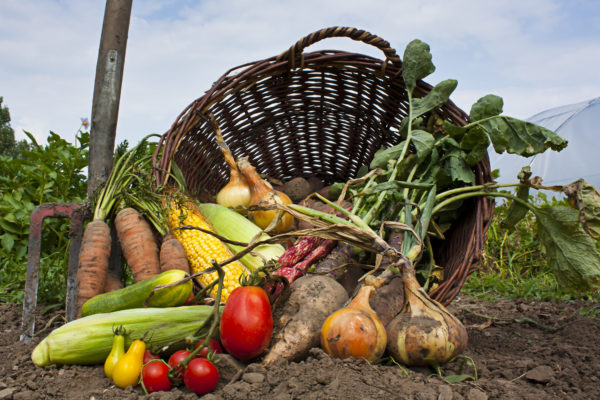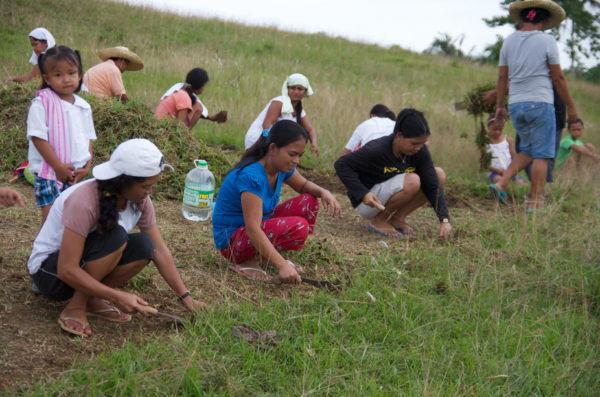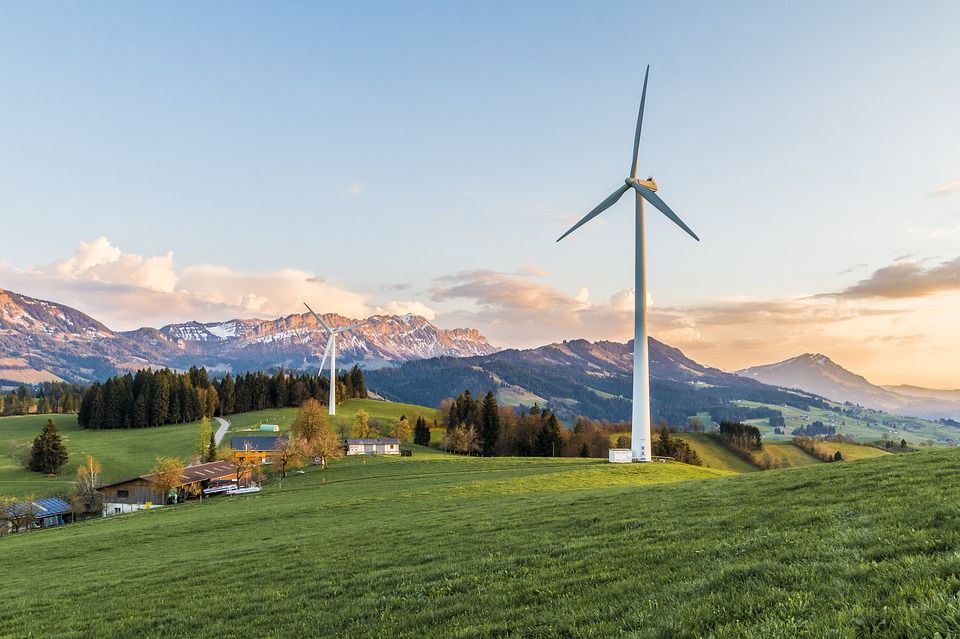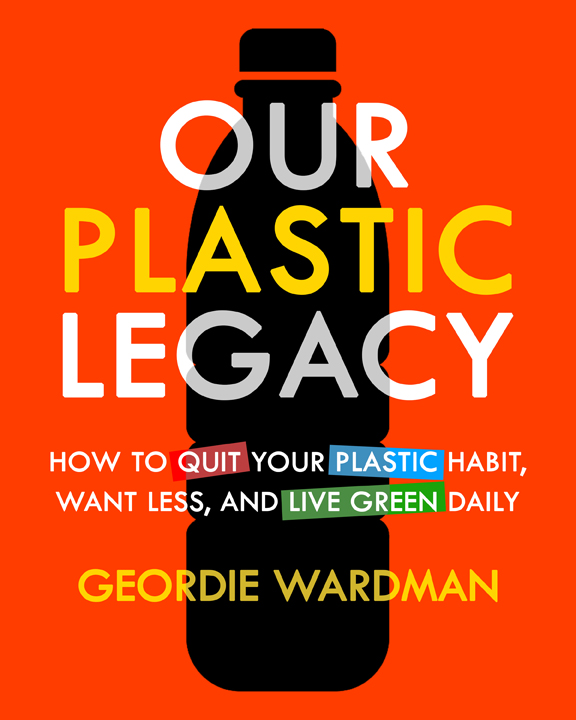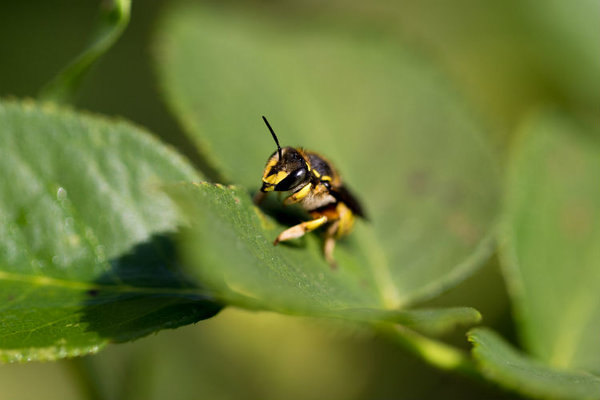Just in time for Thanksgiving, a new digital calculator is taking the guesswork out of portion planning to help hosts reduce the massive amount of food, money and resources that go to waste around the holiday. The “Guest-imator” is the latest waste-busting consumer resource from the Ad Council and Natural Resources Defense Council’s Save The Food national public service campaign. “Thanksgiving is a time to be grateful, yet it’s often unintentionally wasteful as well,” said NRDC senior scientist Dana Gunders. “Hosts can have the best intentions, but planning a meal for a large group is still tricky. This calculator can help cooks prepare enough for turkey-cranberry sandwiches the day after the feast, but avoid a stockpile of past-due leftovers a week later.” Created pro bono by SapientRazorfish, the Guest-imator is designed to eliminate unnecessary over-purchasing, saving consumers money and preventing food waste before it starts.
Continue reading... →A new study from the Journal of Consumer Research is disproving some long held theories about how people make changes in what they shop for in the produce aisle. Researchers followed 8,700 consumers for 20 months, using information gleaned from a customer rewards service at a huge Dutch retailer. It has generally been assumed that people start with one organic product—most commonly, organic milk. They may then take the next step up, but it’s a fairly long journey from one product to the next. Actually, it’s an incredibly smooth transition.
Continue reading... →Money can’t buy happiness, right? Well, some researchers beg to differ. They say it depends on how you spend it. A recent study published in the Proceedings of the National Academy of Sciences suggests that when people spend money on time-saving services such as a house cleaner, lawn care or grocery delivery, it can make them feel a little happier. By comparison, money spent on material purchases — aka things — does not boost positive emotions the way we might expect.
Continue reading... →Heavily exposed to increasing incidence of extreme weather events, the Philippines is among one of the countries most vulnerable to climate change in the world. Losses in rural areas, especially where there’s ongoing armed conflict, are not just financial. Across the world, climate and conflict are deeply intertwined and their negative effects mutually reinforcing. In the Philippines, this relationship is evident in Mindanao, a farming community on the country’s southernmost island. Despite peace efforts to end over 40 years of social and ethnic conflict there, hostilities remain. According to research conducted by the University of Queensland and Oxfam, the violence has particularly marginalized women, from female farmers to the widows of those killed in combat. In parallel, the area has also seen an increase in both typhoons and droughts over the past decade.
Continue reading... →Renewable energy is very much in the limelight these days, as country after country experience how these sources can keep at par with fossil fuels. Various places have shown how renewables are capable of supplying a huge chunk of their electricity demand. Renewables do so much more, though, as a recent study published in the journal Nature Energy now shows. Analyzing the impact of solar and wind energy in the U.S, the paper’s authors focused on how these renewables have saved both lives and money during a nine-year period (from 2007 to 2015). By reducing greenhouse gas emissions, increased dependence in solar and wind energy sources have improved air quality in the U.S., at a rate that varies between region to region.
Continue reading... →By the end of the century, two out of three people living in Europe will be affected by heat waves, coastal floods and other weather-related disasters, largely due to global warming and climate change, according to a study published earlier this month in the journal Lancet Planetary Health. That’s 350 million people in 31 countries subjected to an increased risk of death and health hazards. Overall, weather-related disasters are expected to cause 152,000 deaths a year in Europe between 2071 and 2100, jumping from 3,000 weather disaster-related deaths per year between 1981 and 2010.
Continue reading... →Did you know that every piece of plastic ever created from the time of invention in 1905 until now is still in existence today? Did you also know that by 2030 (just shy of 2 more decades) there will be more plastic in the oceans, than fish? Follow along in this conversational and action-oriented book as author Geordie Wardman presents a simple solution to the reasons why you should be worried, nay terrified, about the plastic that is piling up, literally, on the planet. In Our Plastic Legacy. How to quit plastic, want less, and live green daily, you will find: Why plastic pollution is arguably the single most important environmental crises in the world today, perhaps greater but most certainly contributing to climate change -Facts about how plastic affects our environment, particularly our oceans and our health -How a single person can do more to help solve the problem than ever imaginable.
Continue reading... →When was the last time you went outside just to enjoy nature? If it’s been a while, it might be time to head outdoors — especially if your mental health or productivity could use a boost. That’s because nature has been shown time and again to have healing benefits to those who simply spend time in the fresh air, around lush foliage, taking in incredible landscapes. But what exactly are the benefits of spending time in nature? Here are four ways the outdoors can improve your mental health and stoke your productivity.
Continue reading... →In most U.S. households, it’s no big deal to get up in the middle of the night for a drink of water. It happens to many of us, and we don’t give it much of a second thought. Despite some notable recent exceptions, there is an abundance of clean and safe drinking water in this country. But do you really know where your drinking water comes from? Do you know about the infrastructure needed to deliver water to millions of homes each and every day? For many people, the water infrastructure issue came to the forefront during the crisis in Flint, where water from the Flint River was 19 times more corrosive than water from Detroit. The state Department of Environmental Quality violated federal law by not treating the river water with an anti-corrosive agent, according to a class-action law suit. The situation in Flint is one example of the country’s crumbling water infrastructure. Six billion gallons of treated water is lost each day due to leaky pipes, and the American Water Works Association (AWWA) estimates that we need $1 trillion to meet demands over the next 25 years.
Continue reading... →Bumblebees are dying all over the world — the United States has even added one species of bee to the endangered species list as of the beginning of 2017. Why are bumblebees dying, and what sort of impact will that have on agriculture? Colony collapse disorder is one of the main things being blamed for the drop in bumble bee populations. This occurs when the worker bees disappear from a bee hive — the queen and immature bees are left behind, but there are no workers left to collect food. Without the food resources provided by worker bees, a hive cannot survive, so the immature bees and the queen eventually die off, causing the whole structure of the hive to collapse. Other than eliminating the pesticides that are killing our bees, how can you help protect the bees that make our produce section possible? Here are three ways.
Continue reading... →
